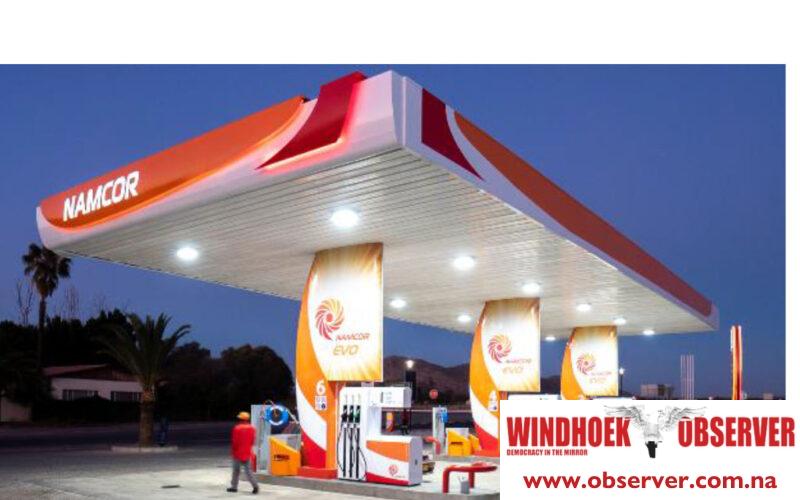Erasmus Shalihaxwe
Despite Shell’s recent announcement to write down US$400 million in PEL 39 from its operation in Namibia, other companies involved in the offshore oil discovery are moving forward with the project alongside the National Petroleum Corporation of Namibia (NAMCOR).
The oil, located in the Orange Basin, has been described as one of the world’s most promising oil and gas regions.
Utaara Hoveka, a spokesperson for NAMCOR, confirmed over the weekend that post-well studies are being done by several joint venture (JV) partners, such as QatarEnergy (30%), Impact Oil and Gas Namibia (9.5%), and NAMCOR (10%).
These studies involve analysing cores, logging data, and fluid samples from the Venus wells with further development.
‘’In addition, the spudding of the Tamboti-1X exploration well commenced in October 2024. Drilling operations are currently ongoing. Finally, technical evaluation on the block maturation and prospectivity are ongoing for further exploration and appraisal activities,’’ said Hoveka.
He also revealed that Galp (80%), NAMCOR (10%), and Custos Energy Ltd (10%) have successfully drilled and logged the Mopane-1A appraisal well (Well #3), which began on 23 October 2024 and was completed on 28 November 2024.
The well encountered light oil and gas condensate in high-quality reservoir sands, indicating excellent porosity, permeability, and pressure conditions.
These findings confirm favourable characteristics, including low oil viscosity, minimal CO₂, and no H₂S concentrations.
‘’Together with the Mopane-1X (Well #1) and Mopane-2X (Well #2) findings, these appraisal wells confirm the extension and quality of AVO-1. Therefore, Galp and its partners will continue to analyse and integrate all newly acquired data,” said Hoveka.
Further exploration in the area continues with the Mopane-2A well (Well #4), spudded on 2 December 2024, which encountered gas-condensate in AVO-3 and hydrocarbon liquids in AVO-4.
Additionally, the drillship began drilling the Mopane-3X exploration well (Well #5) on January 2, 2025, with operations currently underway.
At the same time, the JV is surveying the Mopane complex with a high-density, high-resolution 3D seismic campaign.
Chevron Namibia Exploration Ltd. (the 80% operator), NAMCOR (10%), and TRAGO (10%) recently completed drilling the exploration well Kapana-1X in the Orange Basin in early January 2025.
While the well did not encounter commercial hydrocarbons, Hoveka explained that the operations provided valuable data about the basin’s potential.
‘’Chevron Namibia Exploration Ltd. (80% operator), NAMCOR (10%), and TRAGO (10%) completed drilling the exploration well Kapana-1X in the frontier basin of the Orange Basin in early January 2025. While operations reached total depth ahead of plan, the well did not find commercial hydrocarbons,” he said.
According to Hoveka, the operations did provide valuable information on important aspects of the basin, and effective and efficient execution increased NAMCOR’s confidence in its future program on PEL 90.
Raffik Lazar, global coordinator of The Dubai Dataroom and a former Shell employee, commented on Shell’s decision to write off US$400 million in PEL39, suggesting it may be influenced by internal and financial considerations rather than technical challenges.
In a report released after Shell’s withdrawal, The Dubai Dataroom criticised the move.
“This decision from Shell may be driven by internal and financial considerations and is certainly sending the wrong signal at a time when the offshore Namibia petroleum domain just starts revealing its full potential,” reads the report.
The report highlighted that Namibia’s petroleum potential remains strong and encouraged other operators to focus on reducing subsurface uncertainties, leveraging decades of deepwater operations to lower development costs, and fostering collaboration between neighbouring PEL operators.
“Synergy between nearby PELs operators is critical so opportunities can become even more economically attractive,” reads the report.




